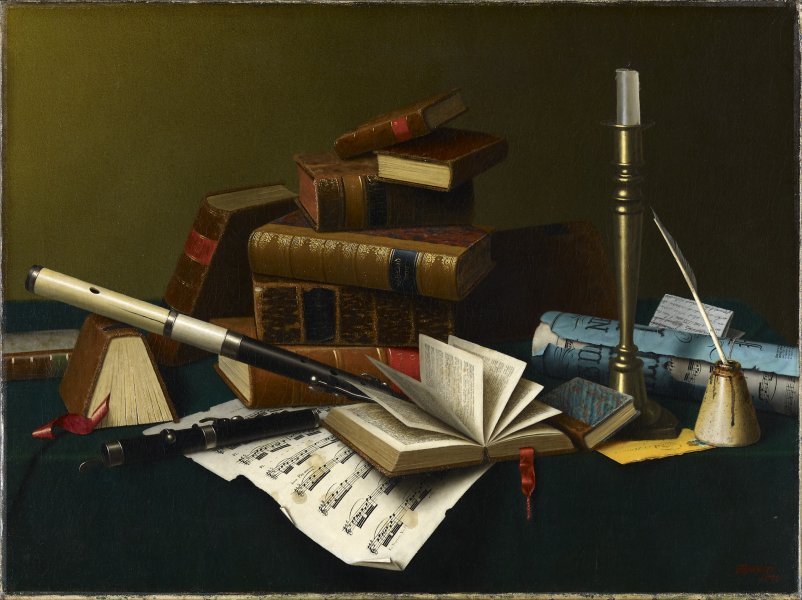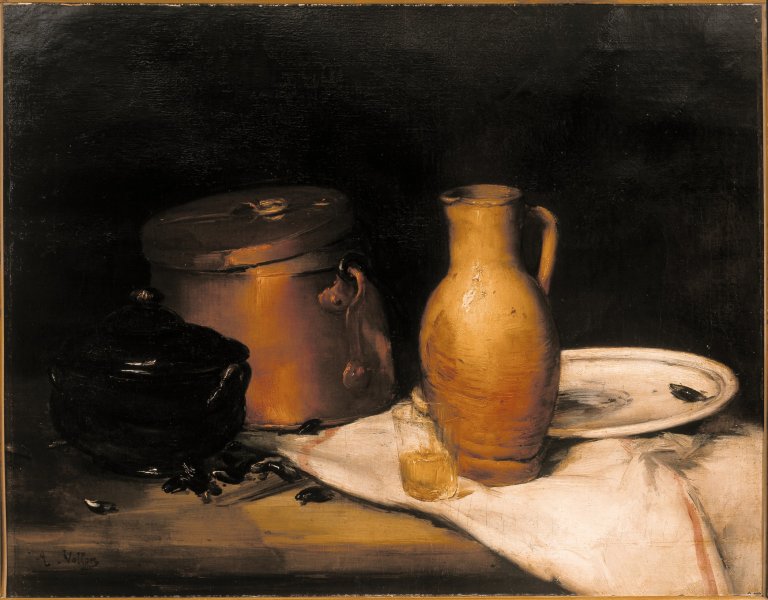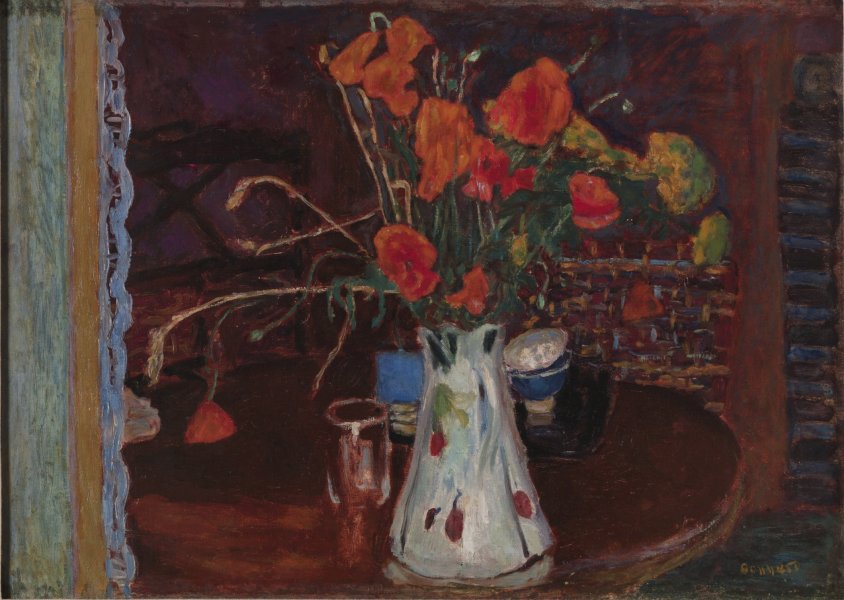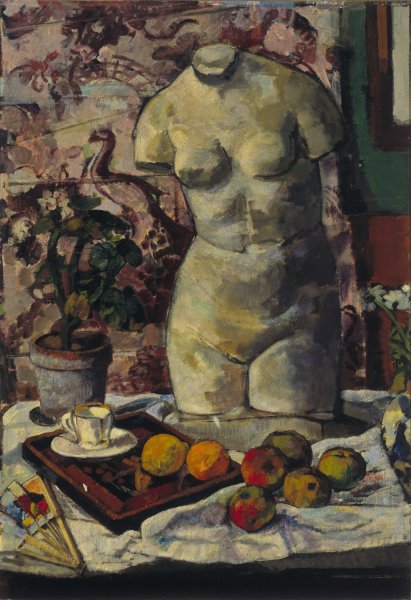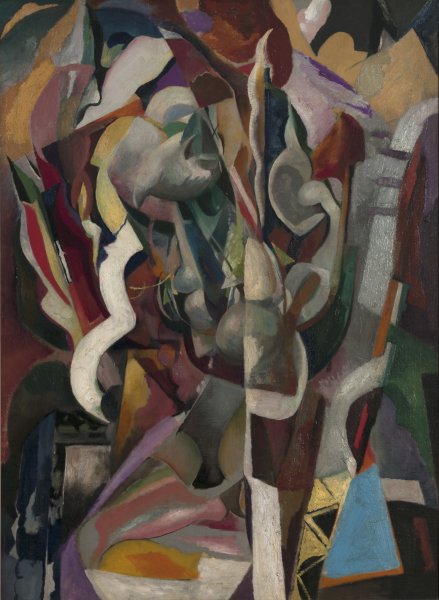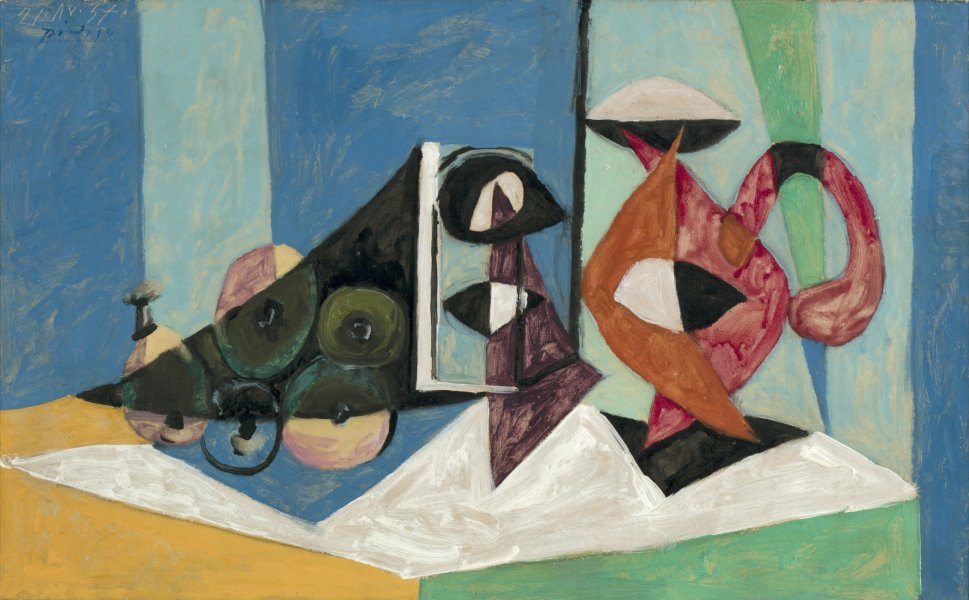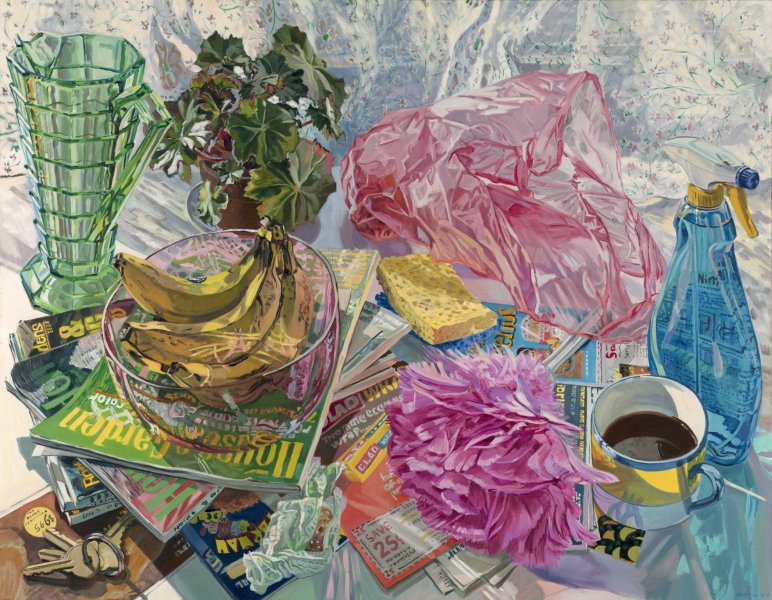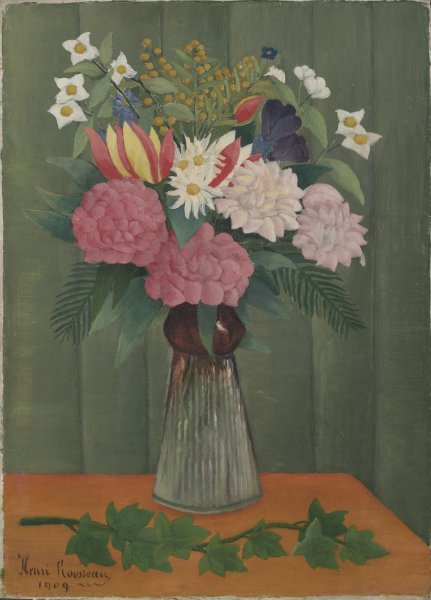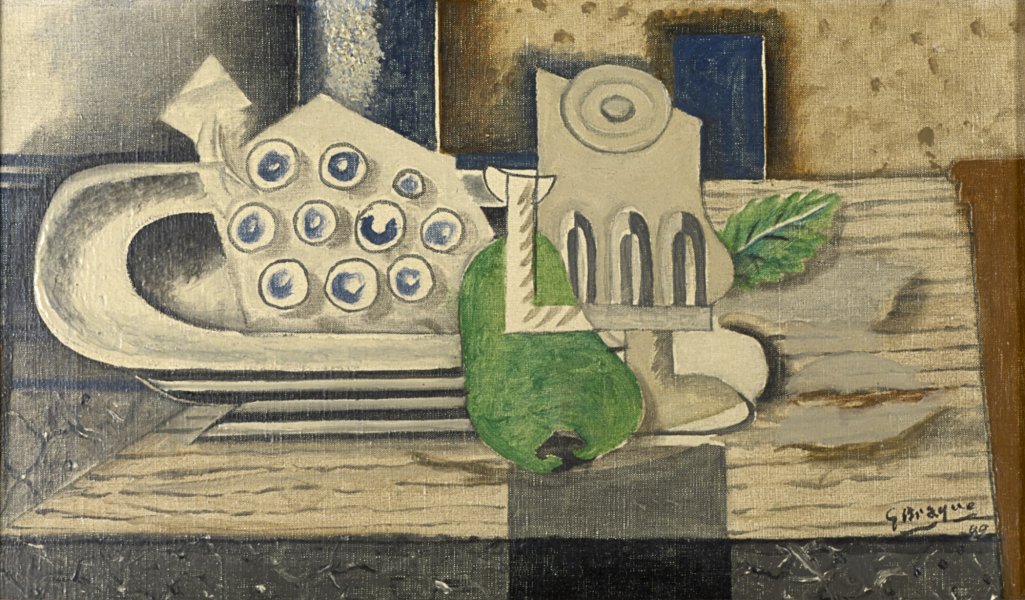In Medusa’s Gaze: Still Life Paintings from Upstate New York Museums
Saturday, March 20, 1993–Sunday, May 2, 1993
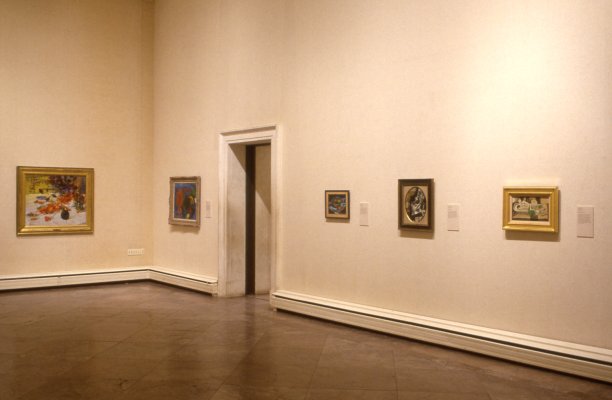
Installation view of In Medusa’s Gaze: Still Life Paintings from Upstate New York Museums. Photograph by Tom Loonan.
1905 Building
This exhibition surveyed some of the finest examples of the Still Life genre from the 17th through the 20th centuries from the collections of the Albright-Knox, the Albany Institute of History and Art; the Everson Museum of Art, Syracuse; the Herbert F. Johnson Museum of Art, Cornell University, Ithaca; Memorial Art Gallery at the University of Rochester; and the Munson-Williams-Proctor Institute Museum of Art, Utica.
The title of the exhibition was a reference to Greek mythology. “Still life paintings depict the world as if frozen by the gaze of Medusa, whose glance had the power to petrify,” said Bernard Barryte, the Memorial Art Gallery’s former curator of European art and curator of the exhibition. By definition, this world is inhabited only by inanimate objects — plates, papers, foodstuffs, cut flowers, dead game. Human beings are rarely included, though their presence is implied through the trappings of daily life.
Although it was not intended to be a comprehensive survey of the genre, In Medusa’s Gaze introduced some of the important schools of Still Life painting of the past 400 years. In different eras, the Still Life has been used to convey a moral message, as seen in Dutch artist Otto Marseus van Schriek’s Still Life with Thistle, c. 1670; to display the painter’s virtuosity as in Rachel Ruysch’s Floral Still Life, 1686 and William Harnett’s Music and Literature, exemplified by Pablo Picasso’s Glass, Vase and Fruits, 1937 and Janet Fish’s After Leslie Left, 1983–1984. In our own time, Norman Bryson, professor of Art History at Harvard University sees the Still Life as the equivalent of history painting.
On March 28, the concert “Musical Still Life: From Beethoven to Satie” was performed by pianist Yvar Mikhashoff, who was accompanied by guests on the violin, viola, and cello. The program included works from the 18th century to the present day.
In Medusa’s Gaze included an illustrated catalogue chronicling the exhibition.
This exhibition was organized by the Memorial Art Gallery at the University of Rochester.
Exhibition Sponsors
This exhibition was made possible with funding from the New York State Council on the Arts. In Buffalo, additional support was provided by Chemical Bank.
This exhibition was made possible with funding from the New York State Council on the Arts. In Buffalo, additional support was provided by Chemical Bank.
